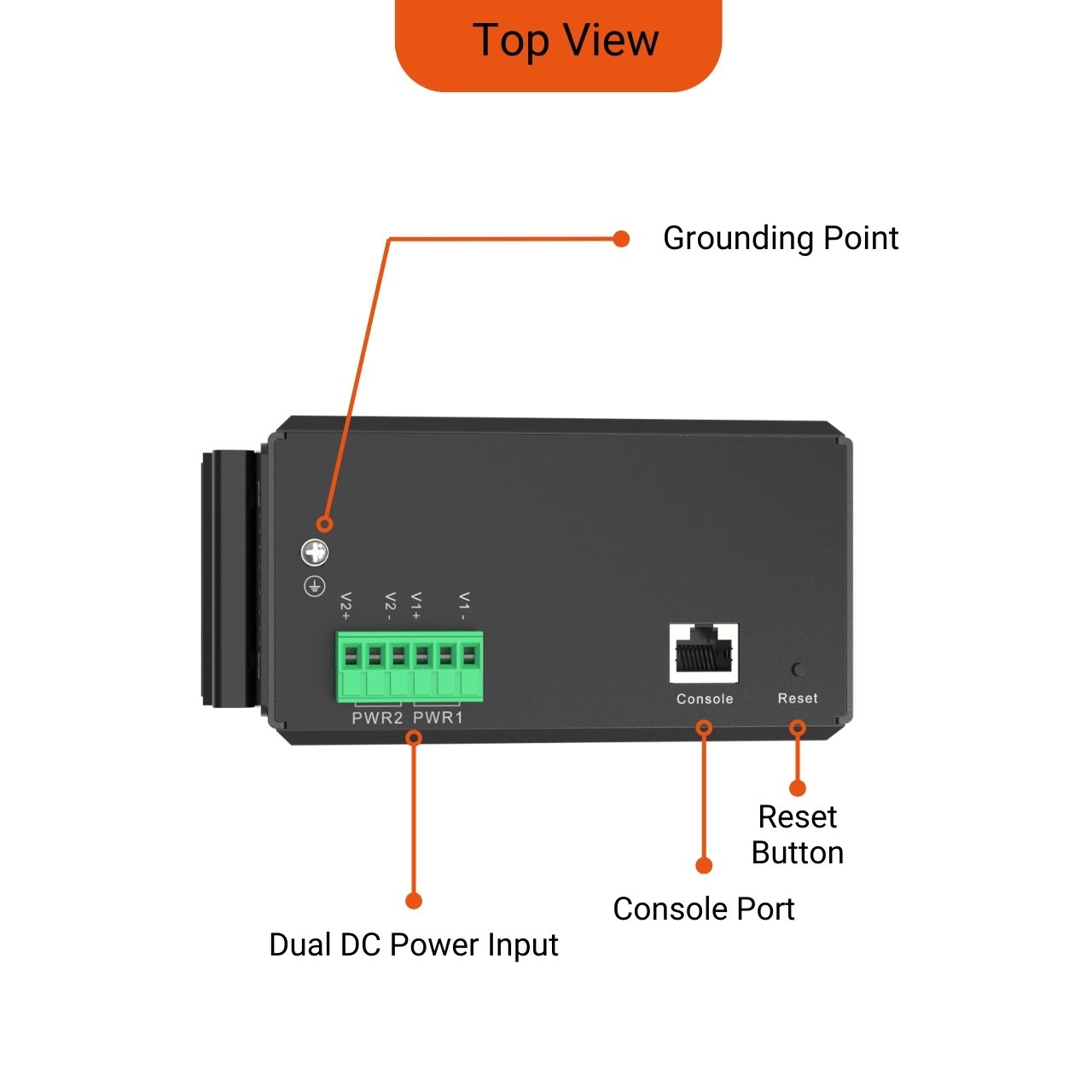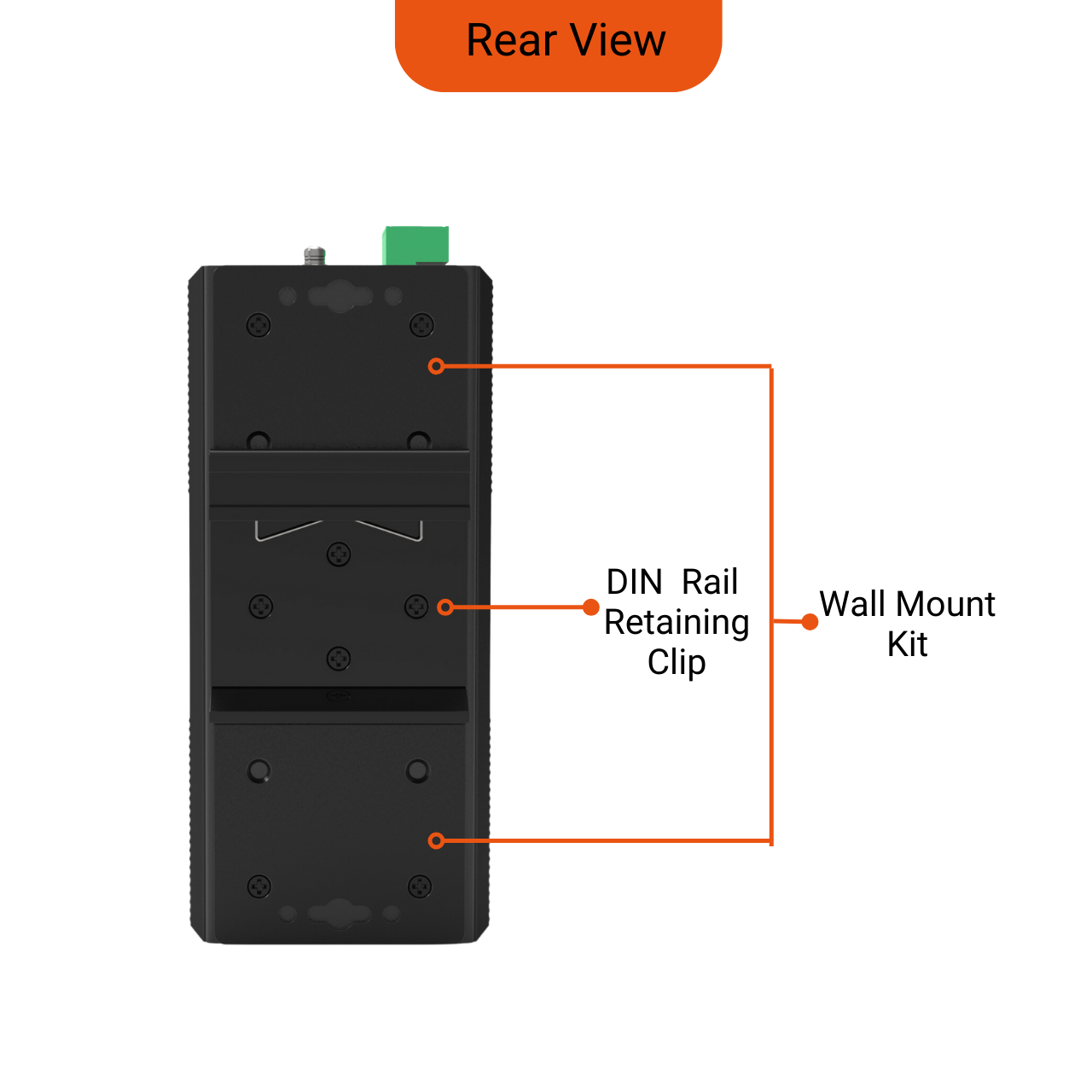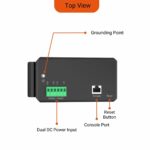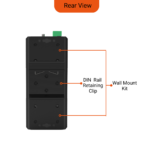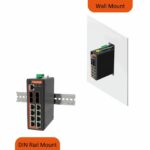Share This Product
Layer 2+ Managed Industrial Ethernet Switches Enhance Network Efficiency
It is impossible to overstate the benefits of Layer 2+ Managed Industrial Switches when it comes to improving network efficiency in industrial settings. These advanced switches provide a host of benefits that make them ideal for demanding environments. IGMP snooping, VLAN support, and QoS prioritization allow these switches to ensure seamless communication within the network.

Managed Layer 2+ Industrial Switches for Harsh Environments
In harsh environments, layer 2+ managed industrial switches provide a variety of benefits that can greatly improve the efficiency and reliability of industrial networks. Industrial settings frequently involve extreme temperatures, moisture, dust, vibrations, and electromagnetic interference, so these switches are designed to withstand these conditions.
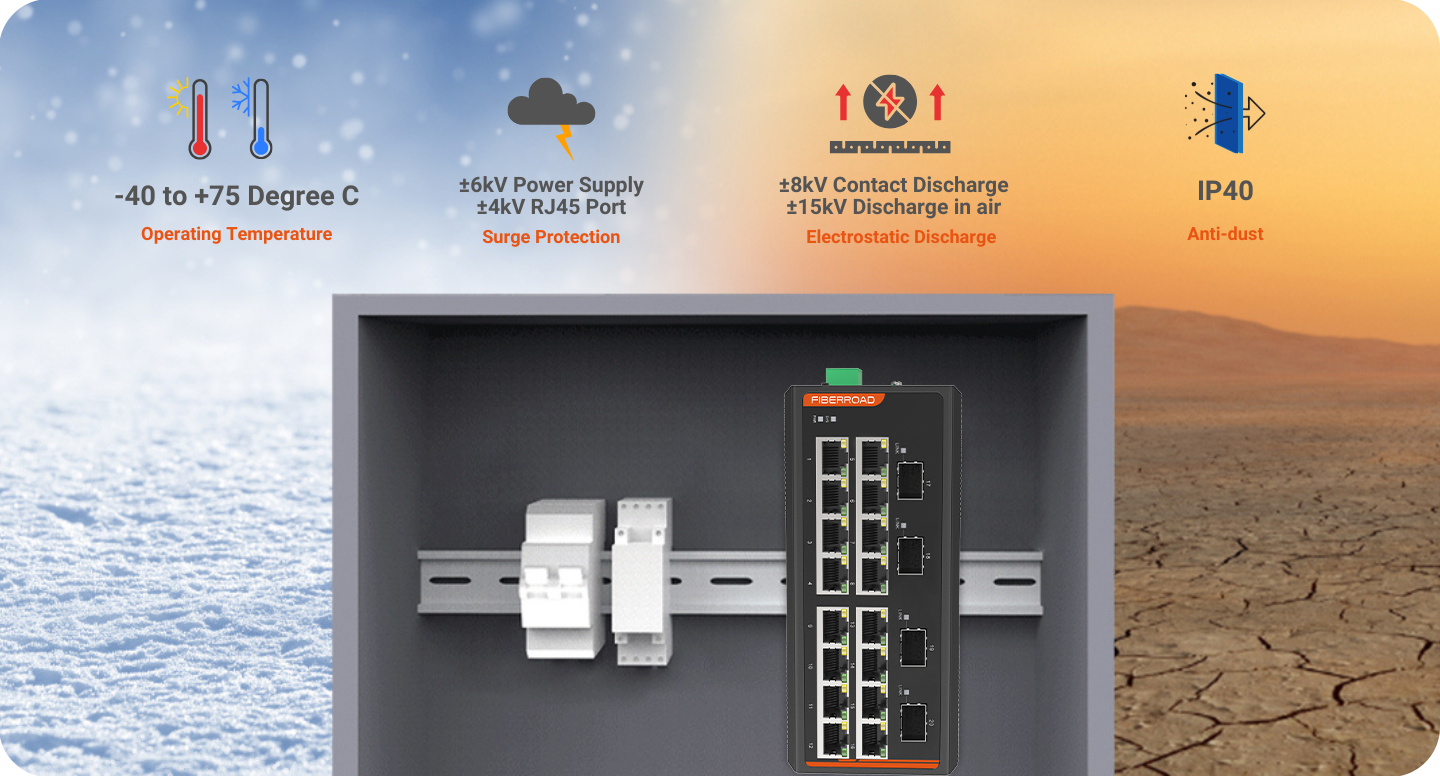
Connecting industrial networks securely to maximize efficiency and productivity
In today’s fast-paced industrial environment, ensuring efficient and productive operations through secure network connectivity is crucial. By utilizing innovative technologies like MSTP and ERPSv2, businesses can achieve seamless communication and maintain a high level of security. With MSTP, redundant paths are established in the network to ensure uninterrupted data transmission even if one path fails. This not only improves reliability but also minimizes downtime, leading to increased efficiency. Additionally, ERPSv2 provides rapid fault detection and recovery in ring topologies, further enhancing network resilience and productivity. These advanced technologies enable businesses to optimize their operations and stay ahead of the competition in the constantly evolving industrial landscape.

MSTP

ERPSv2
The Power of Console, Web, and NMS Network Management
The Layer 2+ Managed Industrial Ethernet Switch simplifies and streamlines network management. This advanced device utilizes console, web, and SNMP interfaces to offer a comprehensive solution for overseeing and directing your network infrastructure. The user-friendly web interface allows administrators to easily adjust settings, monitor traffic, and address issues in real-time. It also seamlessly integrates with existing network management systems through the SNMP interface, providing centralized control over all connected devices. For those who prefer a hands-on approach, the console interface offers direct access to advanced configuration options for maximum flexibility. With these powerful tools at your disposal, managing your industrial Ethernet network has never been more effortless or efficient.
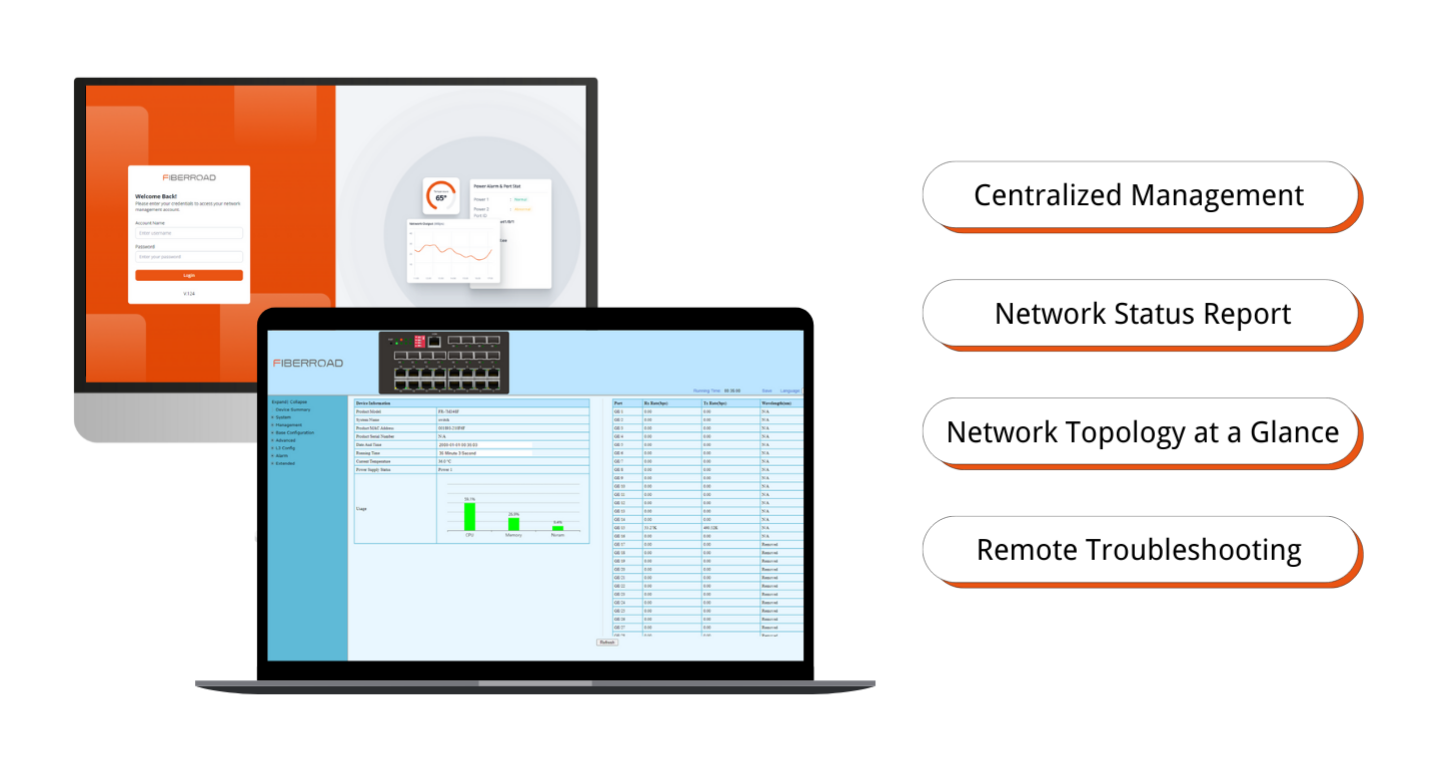
| Hardware Specifications | |||
| Product | FR-7M3416/A | FR-7M3416P | FR-7M3416BT |
| Copper Ports | 16×10/100/1000BASE-T RJ45 Auto-MDI/MDI-X (Port 1-16) | ||
| Fiber Ports | 4×100/1000BASE-X SFP Slots (Port 17-20) | ||
| Console | 1x RJ45-to-RS232 Serial Port(115200) | ||
| Connector | 1 removable 6-contact terminal blocks
Pin 1/3 for Power 1, Pin 4/6 for Power 2 |
||
| Alarm | One relay output for power failure, Alarm relay current carry ability: 1A@24V DC | ||
| RAM | 128Mbyte | ||
| FLASH | 32MByte | ||
| Reset Button | <5 sec: System Reboot; >10 sec: Factory Default | ||
| Surge Protection | ±6kV DC, ±4kV RJ45 | ±6kV DC, ±6kV RJ45 | |
| Enclosure | IP40 aluminum case | ||
| Installation | DIN-Rail and Wall-mount | ||
| Dimension | 160 x 132 x 70mm | ||
| Weight | 1000g(Bare weight), 1300g(With package) | ||
| Switching | |||
| Switch Architecture | Store-and-Forward | ||
| Switch Fabric | 56Gbps/non-blocking | ||
| Forwarding Rate | 29.76Mpps(64-byte packet size) | ||
| Packet Buffer Size | 4 Mbits | ||
| Maximum Packet Length | 10K bytes | ||
| MAC Address Table | 8K entries, automatic source address learning and aging | ||
| Flow Control | IEEE 802.3x pause frame for full duplex, Back pressure for half duplex | ||
| PoE & Power Supply | |||
| PoE Ports | \ | Port 1 to 16 IEEE802.3 af/at | Port 1 to 16 IEEE802.3af/at/bt |
| PoE Power Supply Type | \ | End-span | End-span |
| Power Supply Pin | \ | 1/2(+), 3/6(-) | 1/2(+), 3/6(-) or 4/5(+), 7/8(-) |
| Max Power Per Port | \ | 30W | 90W |
| Input Voltage | DC9-56V | DC48-56V | DC52-56V |
| PoE Power Budget | \ | 240W maximum
(Depending on power input) |
240W maximum
(Depending on power input) |
| Environmental | |||
| Operating Temperature | -40℃~75℃ (-40 to 167 ℉) | ||
| Storage Temperature | -40℃~85℃ (-40 to 185 ℉) | ||
| Operating Humidity | 5%~95% (non-condensing) | ||
| MTBF | 907,476 hours @ Telcordia SR-332 Standard | ||
| Heat Dissipation | 65 BTU/h (non-PoE mode)
1054 BTU/h (with 240W PoE load) |
||
| Cooling | Passive Cooling, Fanless Design | ||
| Noise Level | 0 dBA | ||









